The newly discovered body of water, called the Atlantic Equatorial Water, stretches from Brazil to West Africa.
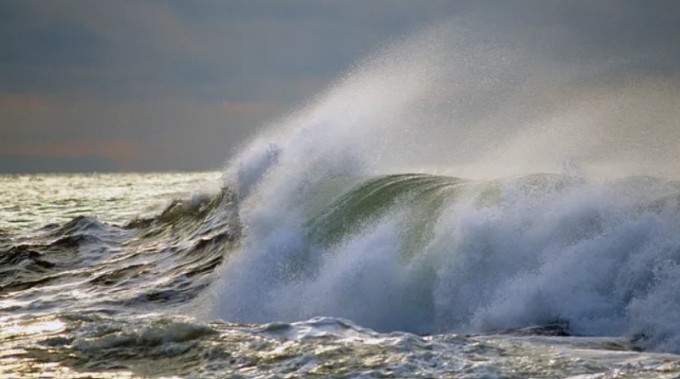
The Atlantic Ocean during a storm. Photo: Alamy
Scientists have found a previously undiscovered mass of water in the middle of the Atlantic Ocean. It's a giant mass of water that stretches across the Atlantic Ocean from Brazil to the Gulf of Guinea, near West Africa, according to a study published in the journal Geophysical Research Letters. The mass, called Atlantic Equatorial Water, forms along the equator when ocean currents mix waters from the south and north, Live Science reported on November 22.
Before the discovery of Atlantic Equatorial Water, scientists had noticed water mixing along the equator in the Pacific and Indian Oceans, but never in the Atlantic. The newly identified water mass allows them to refine their model of the phenomena of the world's major water masses, said Viktor Zhurbas, a physicist and oceanographer at the Shirshov Institute in Moscow.
Far from being uniform everywhere, ocean water is a patchwork of interconnected masses and layers, constantly mixed and separated by currents, eddies, and changes in temperature and salinity. Water masses are distinct parts of this network, each sharing similar geography, history, and general properties such as density and dissolved isotopes of oxygen, nitrate, and phosphate. To distinguish water masses, oceanographers plot the relationship between temperature and salinity across the ocean, combining the two measurements to determine the density of the ocean water.
In 1942, this temperature-salinity graph led to the discovery of equatorial water in the Pacific and Indian Oceans. Formed by the mixing of waters from the north and south, both the equatorial Pacific and Indian Oceans have temperature and salinity curves that follow constant density lines, easily distinguishable from the surrounding water. However, such a relationship had never been documented in the Atlantic.
To find the missing water, the team looked at data collected by the Argo program, a collection of autonomous semi-submersible buoys that track trash in the world’s oceans. After analyzing the data collected by the buoy network, the researchers found a temperature-salinity curve that paralleled the curve that marks the central water masses of the North Atlantic and South Atlantic. That’s the Equatorial Atlantic Water. By identifying this water mass, the team could better understand ocean mixing processes, which are important for transporting heat, oxygen, and nutrients around the world, Zhurbas said.
An Khang (According to Live Science )
Source link




![[Photo] Closing of the 11th Conference of the 13th Central Committee of the Communist Party of Vietnam](https://vstatic.vietnam.vn/vietnam/resource/IMAGE/2025/4/12/114b57fe6e9b4814a5ddfacf6dfe5b7f)


![[Photo] Overcoming all difficulties, speeding up construction progress of Hoa Binh Hydropower Plant Expansion Project](https://vstatic.vietnam.vn/vietnam/resource/IMAGE/2025/4/12/bff04b551e98484c84d74c8faa3526e0)
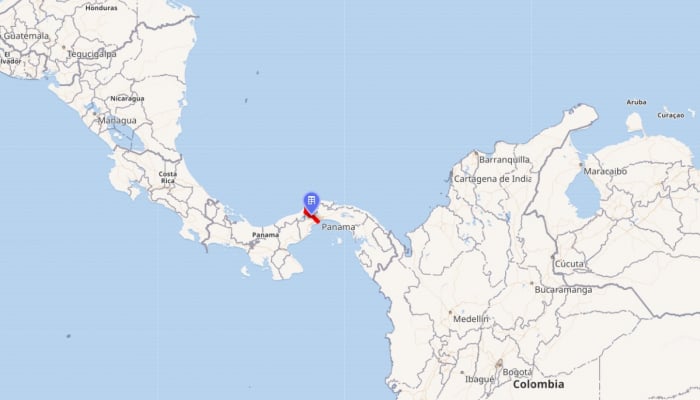

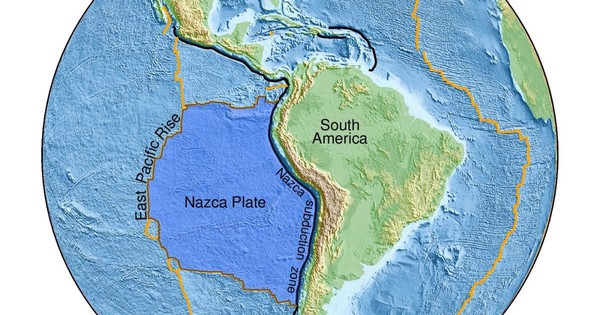

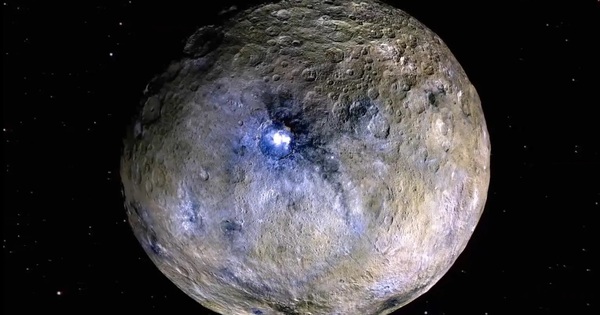
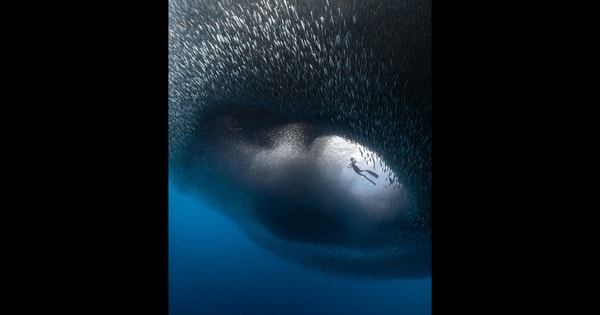



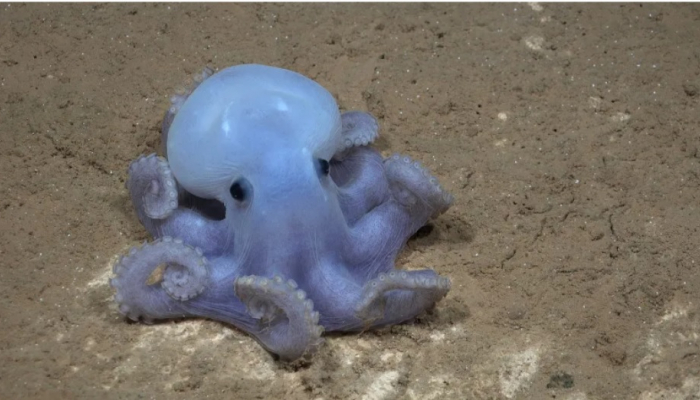














































































Comment (0)